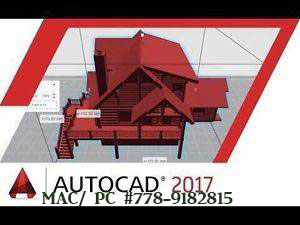

- #Google drive backup laptop how to
- #Google drive backup laptop update
- #Google drive backup laptop upgrade
- #Google drive backup laptop full
There are differences in where these files are located, when files can be accessed, how much storage is used, and how files are made available offline.įiles are located on a virtual drive* on your computerįiles are located in a folder on your computer Both streaming and mirroring enable you to access your Google Drive files directly from your computer.
#Google drive backup laptop how to
Bringing all the different functionalities, currently separately available, into one experience for Drive for Desktop.įollow our blog to be updated on the planning of this unification and make sure the used applications are up to date.Google Backup and Sync: How to backup your computer to Google Drive | Onsite Helper Australia
#Google drive backup laptop upgrade
Ensure your users verify they are able to log in and upgrade by installing the latest Drive for Desktop release. Users with earlier versions may be prevented from signing in and will be prompted to upgrade upon sign-in.
#Google drive backup laptop update
The below table gives an overview of functionalities that will be in addition available for both.ĭrive for Desktop users on versions 39.x or earlier should update the application before to version 40.X or higher. Google, and we, will announce which actions both you as the organisation and your end users will need to take. Later this year Backup and Sync users will need to transition to Drive for Desktop. What will be different?įor Drive File Stream users the only change so far was the renaming into Drive for Desktop. Organisations using Backup and Sync can apply for the beta version of the new unified client to understand the new way of working and understand potential impact. Later this year (2021) Google will unify these solutions and bring most used features from both into one solution: Drive for Desktop. Some organisations allow both solutions to be used, depending on the different requirements, which can be confusing for end users and challenging to manage for IT. Drive for Desktop: why, what and your actions

#Google drive backup laptop full
A full comparison can be found on this support page. Backup and Sync on the other hand is the consumer version, available for organisations too, which stores all or selected Drive content locally. Most employees use it to free up disk space, decrease time needed to sync files and to facilitate upload and download of files. The difference is that Drive for Desktop is more suitable for organisations as it lets you stream both My Drive and Shared Drive files from the cloud even in an offline mode. Google offers for this need 2 solutions: Google Drive for Desktop (formerly Drive File Stream) and Backup and Sync. When not working on a Chromebook, Google Workspace users might have a need to access and sync files from Drive to their desktop. Written by Julie Dockx, Head of Digital Workplace at Devoteam G Cloud Syncing to your desktop In this article, we will explain why, how and when you need to act (or not). Google’s solutions for this, Google Drive for Desktop & Backup and Sync, will be updated still in 2021. If you are using Google Workspace (previously G Suite) as your collaboration tool, which is great, you might have come across the need to sync files to your desktop for different reasons.


 0 kommentar(er)
0 kommentar(er)
